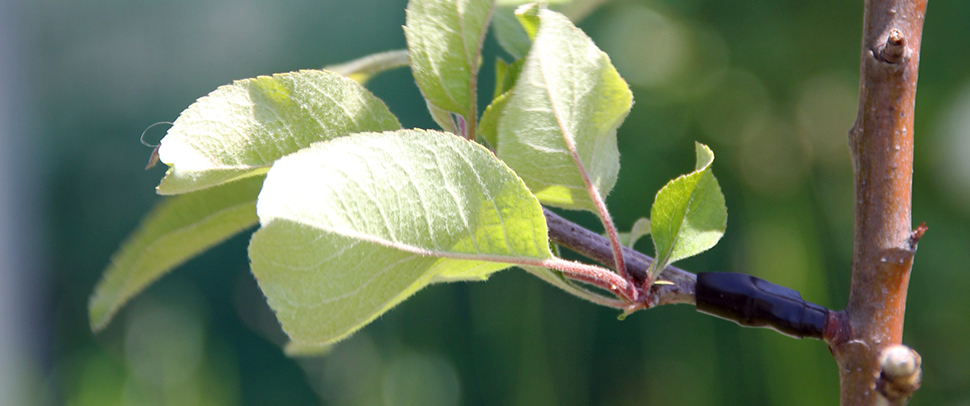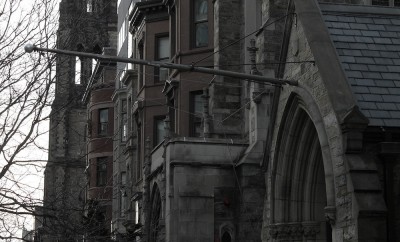Cultures
Urban Guerrilla Grafters are Putting Free Fruit in City Trees
In the daylight hours of early spring, quiet, fast-moving (but otherwise visually obvious) groups of Guerrilla Grafters set out to make their mark in the city of San Francisco. Carrying only fruit tree branch tips swathed in damp paper towels, small knives, tape and baggies, these stealthy urban gardeners are on a clear mission: bring fruit back to the ornamental trees that line city streets and parks. And although the goal seems innocent enough, some are asking: what’s the point and why so secretive?
According to Margaretha Haughout, the intention of the Grafters’ labor is threefold: daring, caring, and sharing. When the teams head out, they dare to defy the expectations of the status quo by grafting the ornamentals. In doing so, they are considered vandals in many cities, as grafting is considered exactly that: vandalism. And like graffiti, it is illegal for that reason. That’s where the “dare” comes in. Haughout explains, “Our team is guerrilla because it is covert, laterally organized, very much the underdog. It is the work of the dare.”
And later, as the tree accepts the attached scions and responds with leaves on the grafted branches, team members must return and assist further or engage a neighborhood ally into the “caring” stage, which ensures the grafted tree branch matures enough to eventually bear fruit. Watering and pruning may play necessary parts in this stage. This process of fruit-bearing can take up to five years in some cases — although can also possibly occur immediately the very same season, like a recent San Francisco mission of Asian pears which formed within five months of grafting.
Finally, “sharing” is the latest stage, comprising the harvesting and distribution of the fruit. This is the time for cleaning up around the trees, ensuring no one slips and distributing the fruit before it rots and attracts rodents. This is the part where the Grafters are able to show city officials and concerned residents that fruit trees have a place in the cityscape and they can prove it. In this pattern, then, we see Haughout’s rhyme unfold, “Daring provokes caring, which in turn elicits sharing.”
Another great reason for fruit-bearing trees in low income areas is because many such regions have no supermarkets and very few produce-providing stores, says Tara Hui, a San Francisco fruit tree grafter. And in Hui’s view, fruit grafting is a healthy, simple solution that problem. She states, “What better way to alleviate scarcity of healthy produce in an impoverished area than to grow them yourself and to have it available for free.”
But city officials and urban foresters express the concern for slipping is a real one. Once a single piece of fruit falls to the sidewalk and gets crushed, that area becomes slippery immediately, posing a threat the residents walking by. Carla Short, an urban forester with the San Francisco Department of Public Works, claims territory over 103,000 public trees in the area, and insists that fruit “isn’t forbidden everywhere, and the local government does encourage them in community gardens.” But although she does admit to “looking for” the guerrilla grafters, she also states she hasn’t found them yet.
Regardless, the Grafters haven’t given up and in fact have caught on in other areas as well. In addition, similar ideas have sprouted up with the innovative Neighborhoodfruit.com, which connects overly abundant fruit tree owners with those willing to harvest them, Food Forward and CropMobster, which also organize volunteers and farmers willing to work for donations or free in order to link access farm produce to those who need it. There’s also an increasing “Grow a Row, Give A Row” farming movement which is modeled by the Maris Farm of upstate New York, giving a row of produce away for every row sold. This intentional abundance is harvested primarily by volunteers from a nearby college who believe in the effort.






0 comments